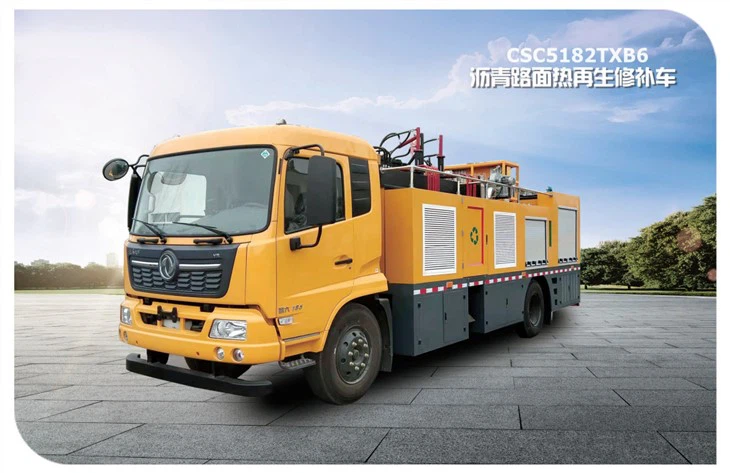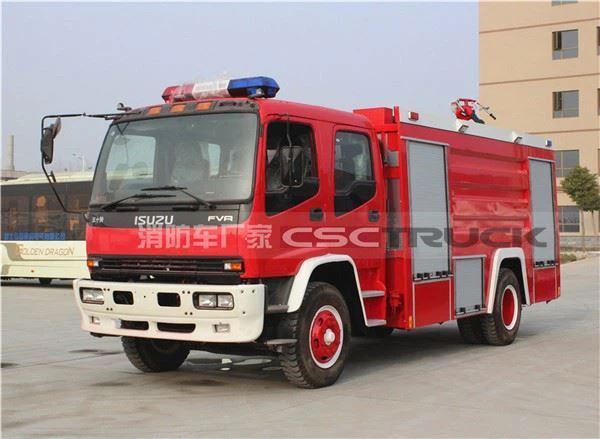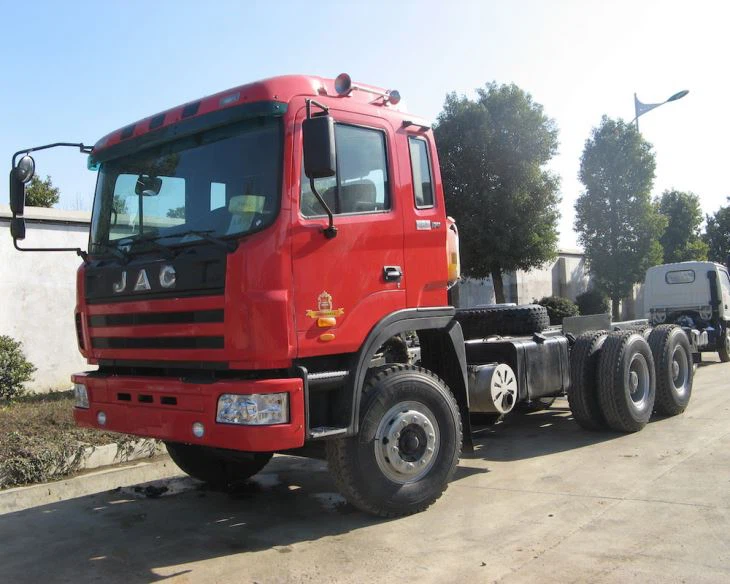Understanding the New Refuse Truck: Features, Benefits, and Innovations

As urban environments continue to grow and evolve, the necessity for efficient and sustainable waste management has never been greater. The new refuse truck is at the forefront of this evolution, bringing innovative technology and improved efficiency to the waste collection process. In this comprehensive article, we will delve into the key features, benefits, and practical applications of new refuse trucks that make them an essential asset for municipalities and waste management companies.
What is a New Refuse Truck?
A new refuse truck is a specialized vehicle designed for the collection and transportation of waste materials. These trucks are equipped with advanced technology, improved fuel efficiency, and enhanced safety features compared to their predecessors. They play a critical role in ensuring that waste is removed efficiently and responsibly from residential and commercial areas.
Key Characteristics of New Refuse Trucks
- Automated Collection Systems: Many new refuse trucks feature automated arm systems that allow for the collection of waste bins without requiring the driver to exit the vehicle.
- Eco-Friendly Engines: Modern refuse trucks are often powered by hybrid or electric engines, significantly reducing greenhouse gas emissions.
- Improved Payload Capacity: New designs allow for higher payload capacities, enabling trucks to collect more waste in fewer trips.
- Enhanced Safety Features: Innovations such as backup cameras, sensors, and collision avoidance systems are becoming standard in new refuse trucks.
Advantages of Using New Refuse Trucks
New refuse trucks provide several advantages over older models, enhancing the waste management process for cities and businesses alike.
1. Increased Efficiency
Older refuse trucks typically require multiple drivers to operate manual collection systems, which is time-consuming and labor-intensive. Automated collection systems found in new refuse trucks streamline the process, allowing a single operator to manage the collection of waste from multiple bins swiftly.
2. Enhanced Sustainability
Environmental concerns are at the forefront of waste management strategies in many municipalities. New refuse trucks often utilize alternative fuel sources, which help reduce the carbon footprint associated with waste collection. The move towards electric trucks is particularly notable, with reduced noise pollution and no direct emissions.
3. Improved Safety
The safety of refuse truck operators and pedestrians is a primary concern for waste management companies. New models are equipped with advanced safety technologies that help prevent accidents, ensuring safer operations in busy urban environments.
Table 1: Comparison of Safety Features
| Feature | Old Refuse Trucks | New Refuse Trucks |
|---|---|---|
| Backup Cameras | No | Yes |
| Collision Sensors | No | Yes |
| Adaptive Braking | No | Yes |
4. Cost-Effectiveness
While the initial investment in new refuse trucks may be higher, the long-term savings in fuel, maintenance, and labor can outweigh these costs significantly. Eco-friendly engines also qualify for tax incentives and grants in many regions, further reducing total costs.
5. Technological Innovations
Smart technology integration in new refuse trucks allows for real-time monitoring of vehicle performance, tracking waste collection routes, and optimizing operational efficiency. Fleet managers can use data analytics to enhance service delivery, reducing downtime and improving customer satisfaction.
Popular Models of New Refuse Trucks
Several manufacturers lead the way in producing advanced refuse trucks, combining superior engineering with innovative designs. Below are some notable models:
1. Peterbilt Model 520
The Peterbilt Model 520 is a versatile refuse truck designed with ergonomic controls and a sleek design. It offers options for hybrid and electric drivetrains, making it adaptable to varying municipal requirements.
2. Mack LR Electric
Mack’s LR Electric refuse truck represents a significant step toward electrification in the waste management sector. With zero tailpipe emissions and a range ideally suited for urban routes, the LR Electric truck is a leader in sustainability.

3. Kenworth K370 Hybrid

The Kenworth K370 Hybrid truck presents a powerful combination of diesel and electric propulsion, providing torque and efficiency while minimizing fuel consumption and emissions. This model is especially beneficial for cities looking to reduce their environmental impact.
Practical Tips for Implementing New Refuse Trucks
1. Conduct a Needs Assessment
Before investing in new refuse trucks, conduct a comprehensive needs assessment. Analyze waste collection routes, volume, and community needs to identify the right truck specifications.
2. Consider Environmental Impact
Select models that align with your sustainability goals, focusing on fuel efficiency and emissions reduction. Explore available grants for purchasing eco-friendly vehicles.
3. Train Operators
Proper training is essential for maximum efficiency and safety. Ensure that all operators are familiar with the truck’s features, especially those related to safety and automated systems.
4. Maintain Regular Servicing
Regular maintenance of refuse trucks is crucial for longevity and reliability. Schedule servicing in accordance with the manufacturer’s recommendations to minimize downtime.
5. Monitor Performance Metrics
Utilize telematics to monitor truck performance and operational metrics. This data can provide insights into fuel consumption, route efficiency, and maintenance needs, allowing for informed decision-making.
Future Trends in Refuse Truck Technology
1. Autonomous Refuse Trucks
As technology continues to advance, the prospect of fully autonomous refuse trucks is becoming a reality. These vehicles can operate without human drivers, optimizing waste collection routes and reducing labor costs.
2. Advanced Recycling Technology
Innovations in recycling technology integrated into refuse trucks will enhance sorting capabilities and improve materials recovery rates. Trucks could be equipped with onboard sorting systems to streamline the recycling process.
3. Integration of AI and Data Analytics
With the integration of artificial intelligence, refuse trucks can analyze operational data in real-time and make adjustments to routes based on waste volume forecasts, improving efficiency and reducing costs.
FAQ Section
What is the average lifespan of a new refuse truck?
The average lifespan of a new refuse truck is typically between 10 to 15 years, depending on usage, maintenance, and the specific model.
Are new refuse trucks more environmentally friendly?
Yes, new refuse trucks often utilize alternative fuel sources and advanced technologies that significantly reduce emissions compared to older models.
What are the benefits of automated refuse trucks?
Automated refuse trucks increase efficiency by reducing labor costs, enabling faster waste collection, and minimizing the risk of injury for drivers.
How do municipalities fund new refuse trucks?
Municipalities can finance new refuse trucks through a combination of budget allocations, grants for environmentally friendly vehicles, and public-private partnerships.
Can refuse trucks be retrofitted with new technology?
In many cases, older refuse trucks can be retrofitted with some modern technologies to improve efficiency and safety, although complete automation may require a newer model.

What training do operators need for new refuse trucks?
Operators should receive training on vehicle operations, safety protocols, and the specific features of the new refuse trucks, especially those related to automation and technology integration.
